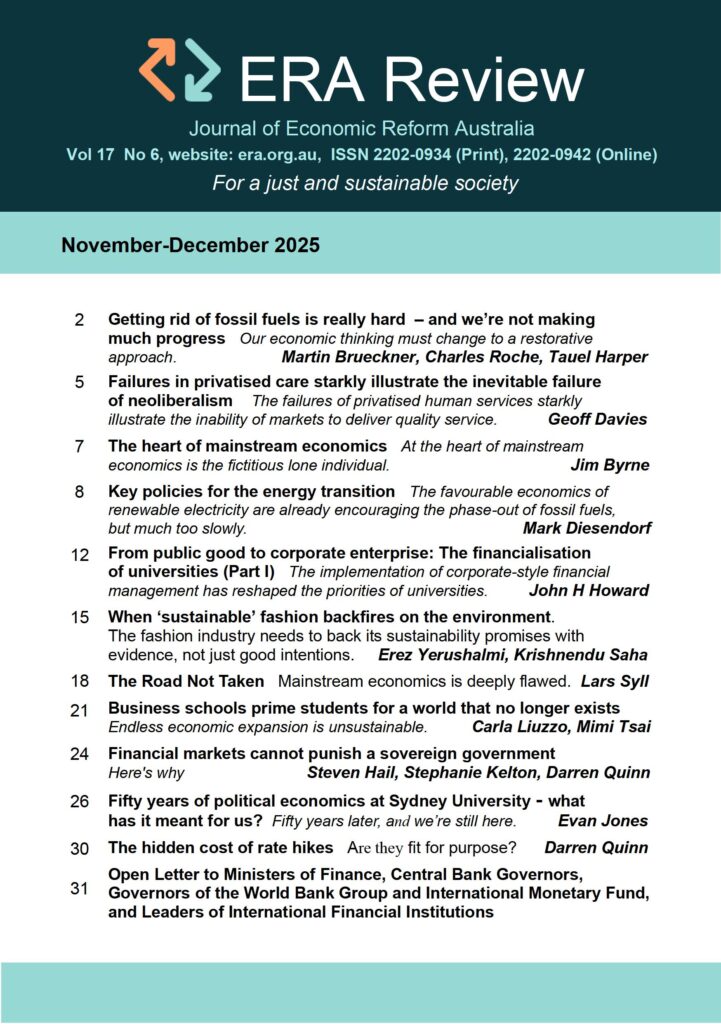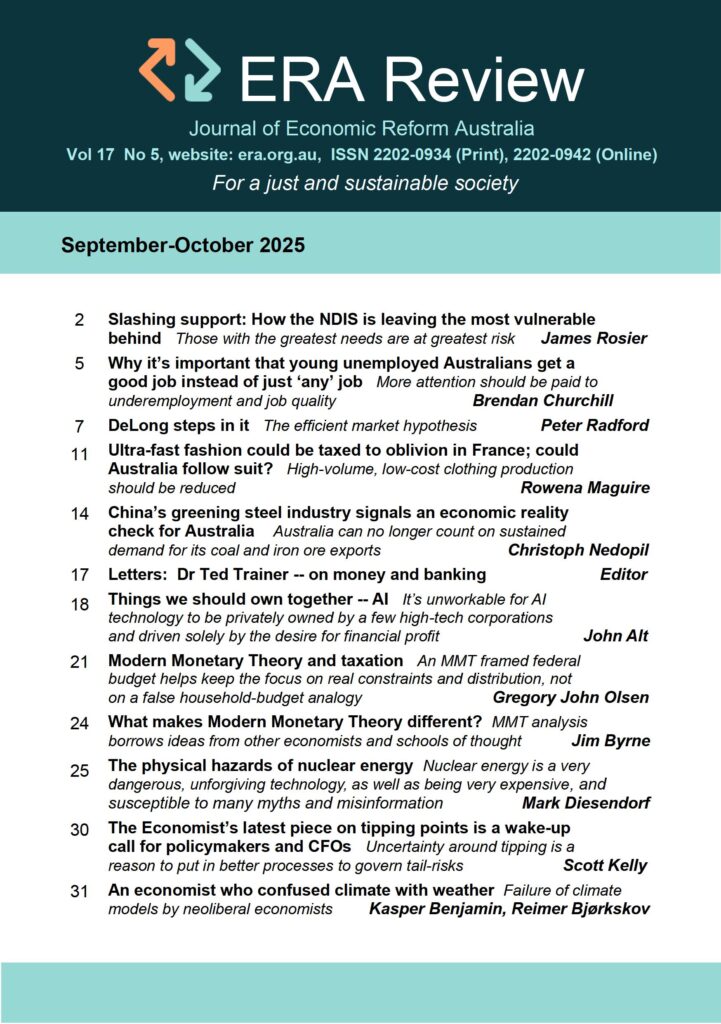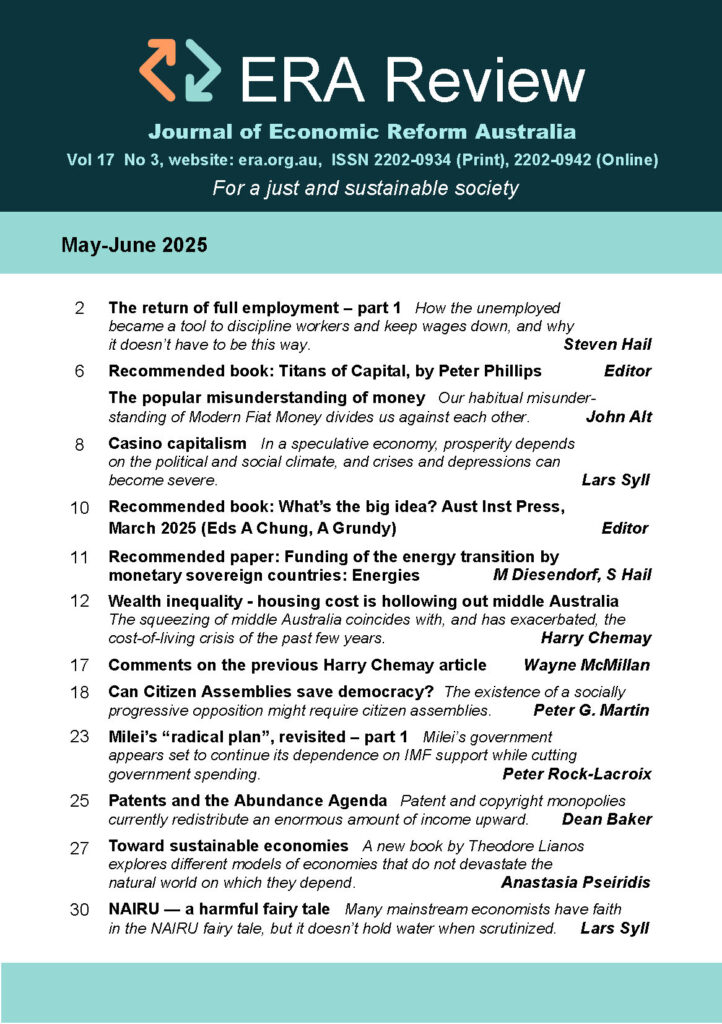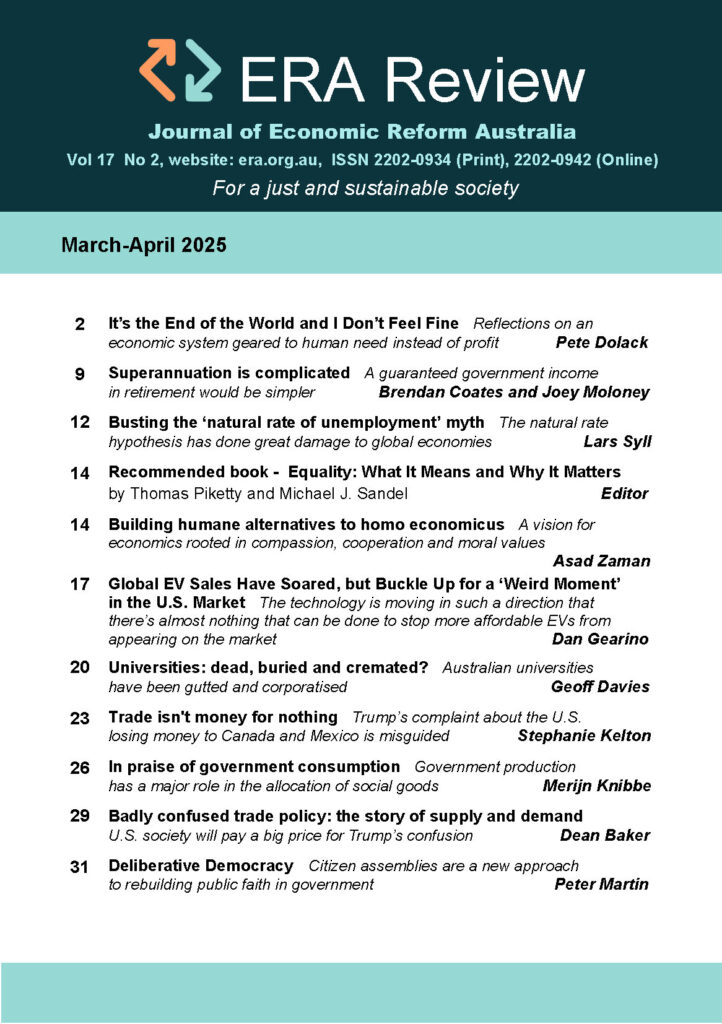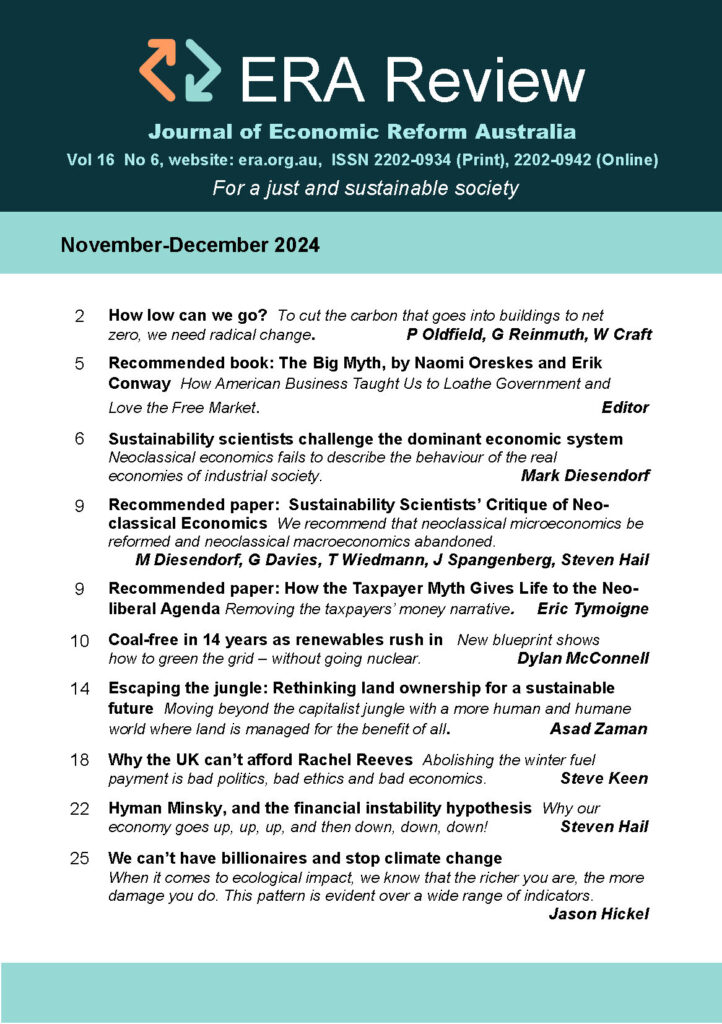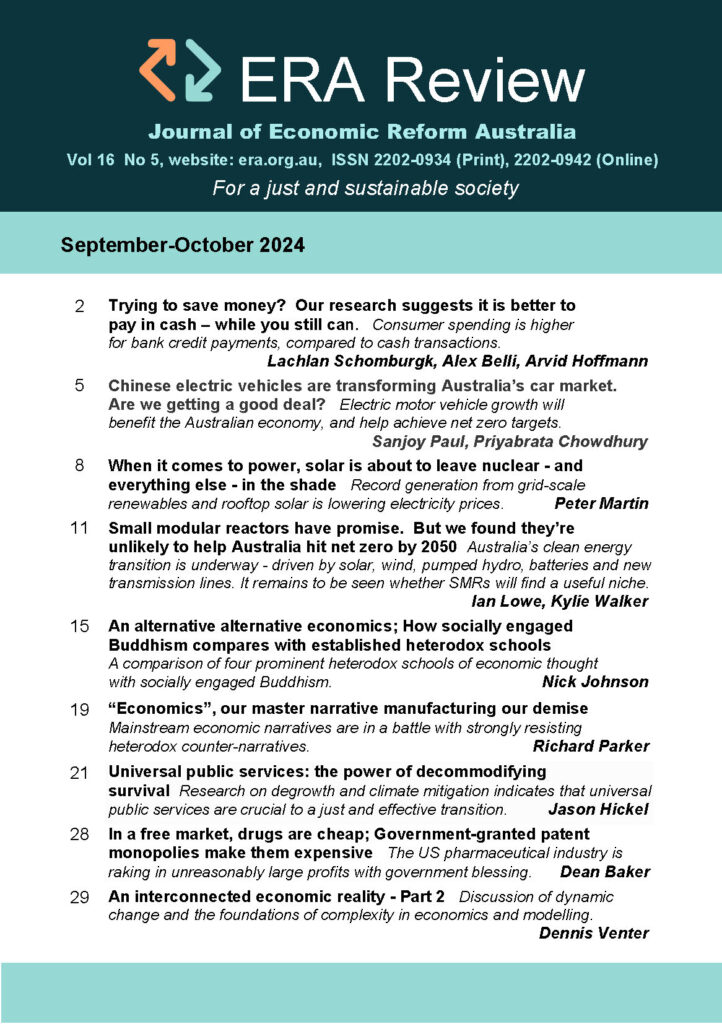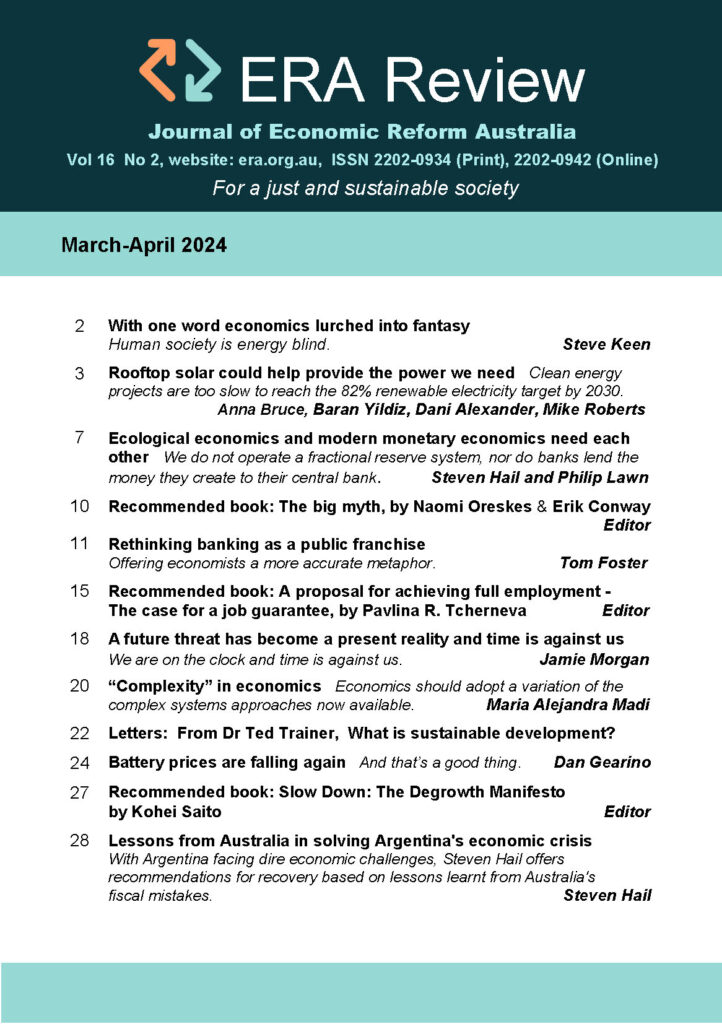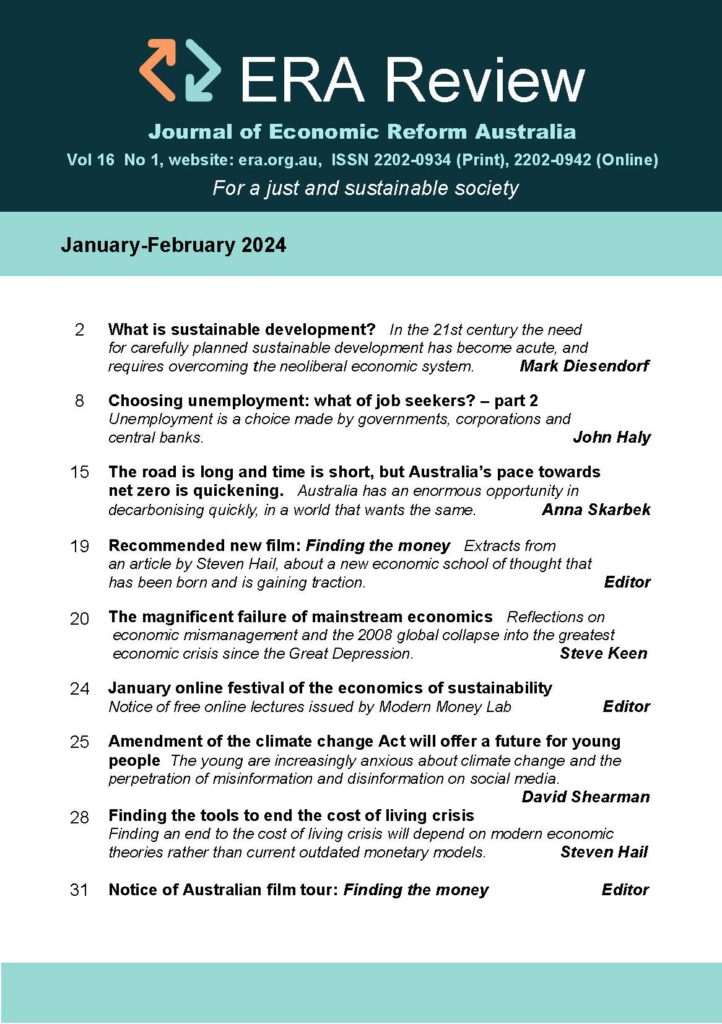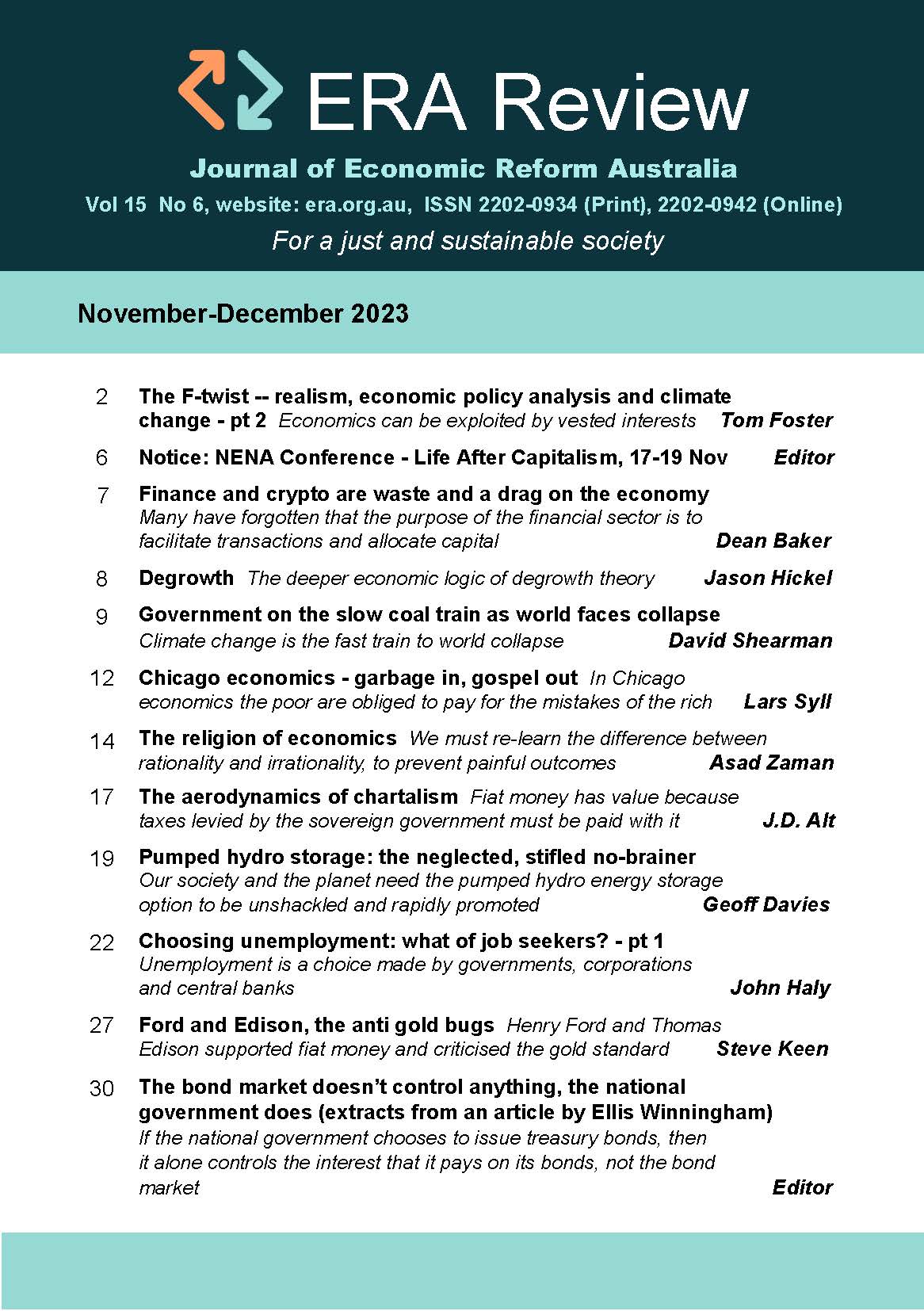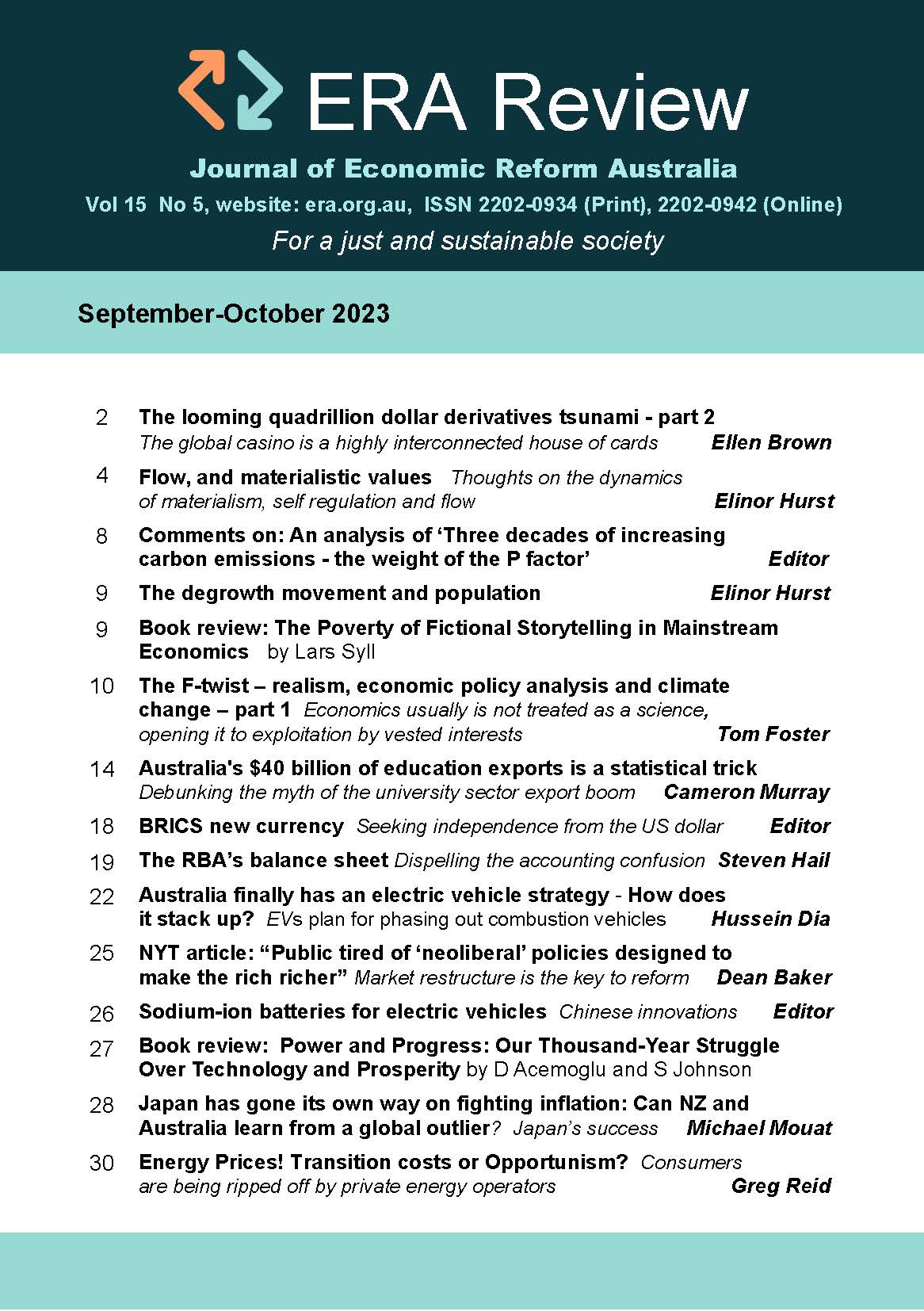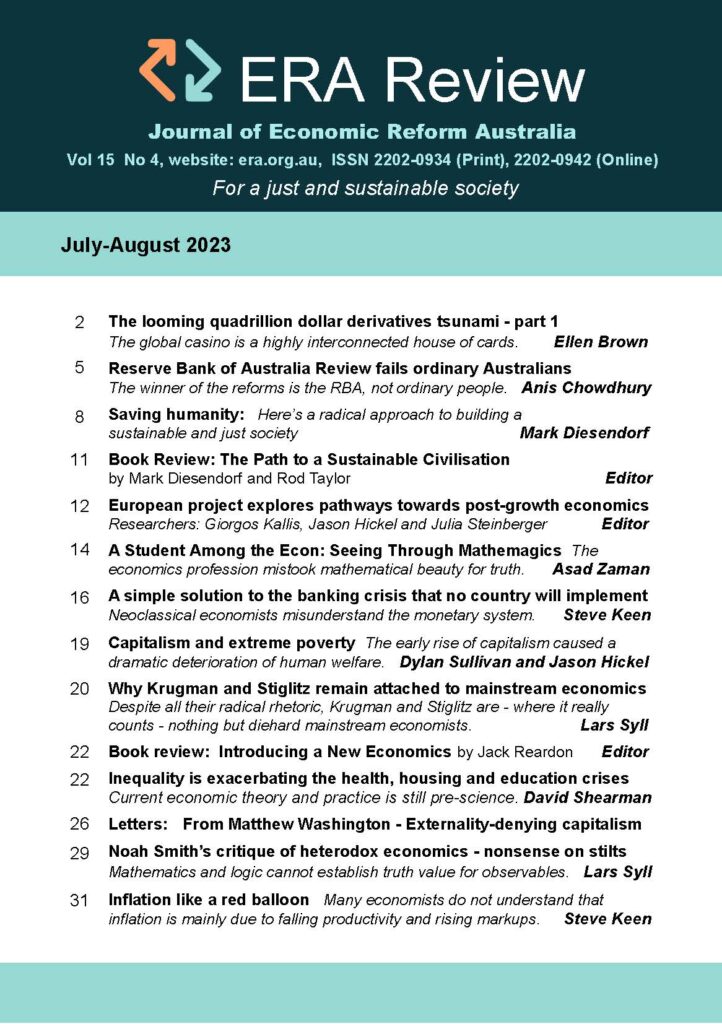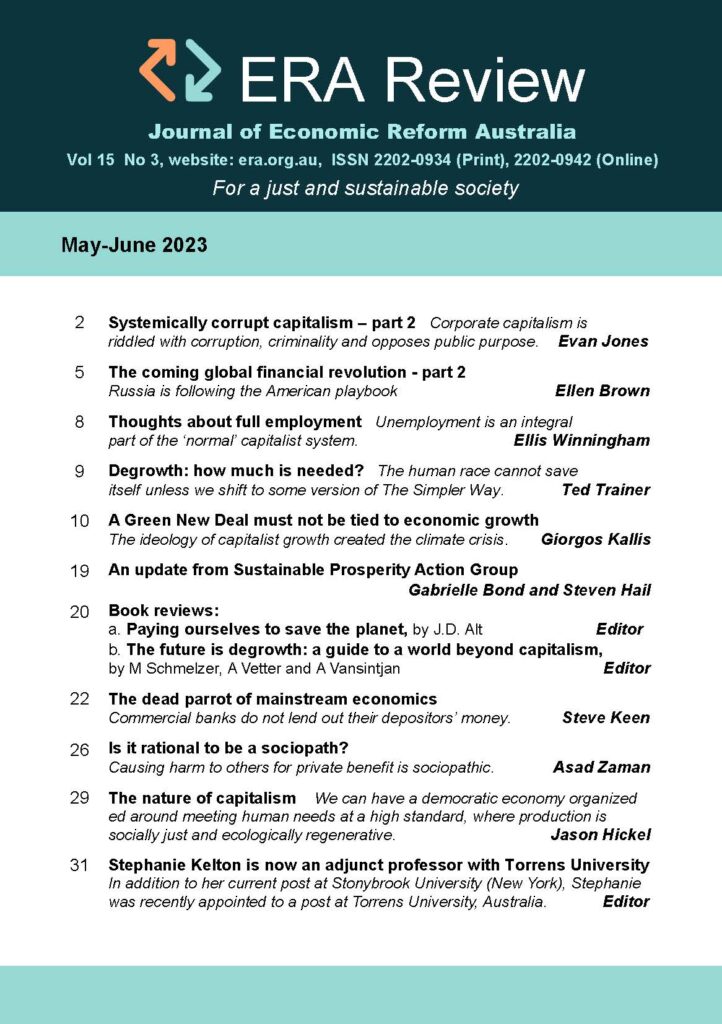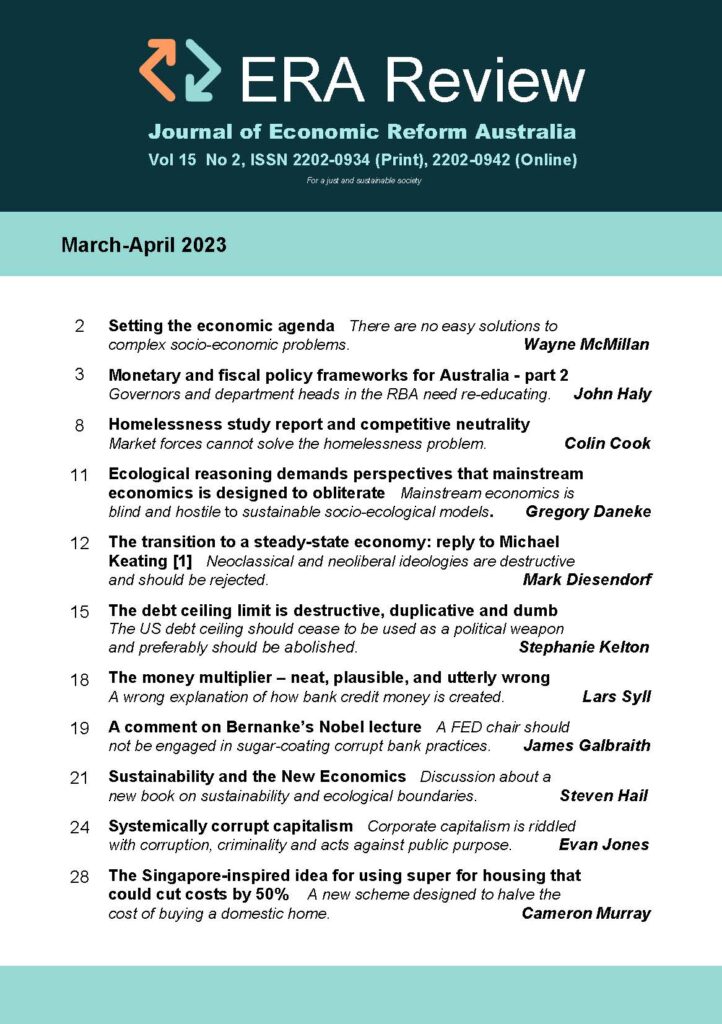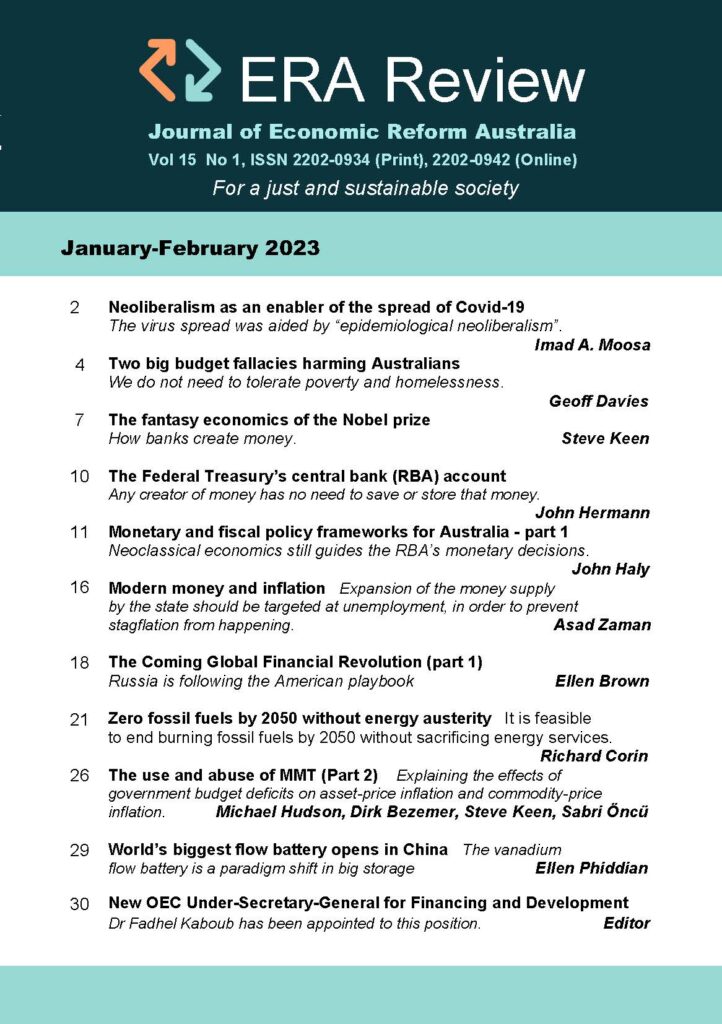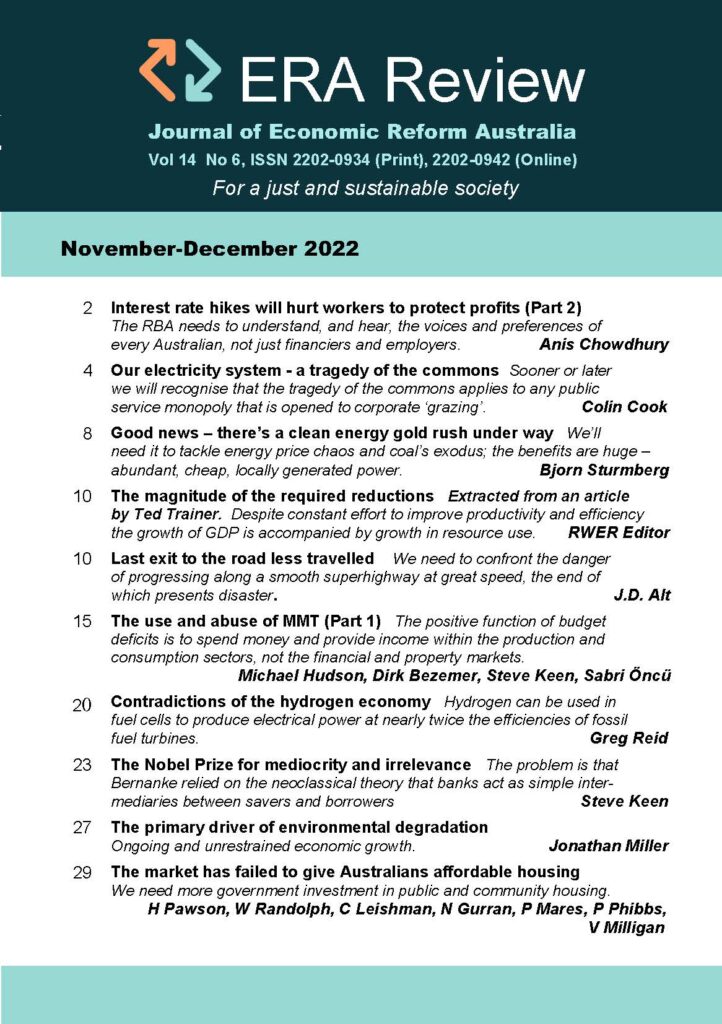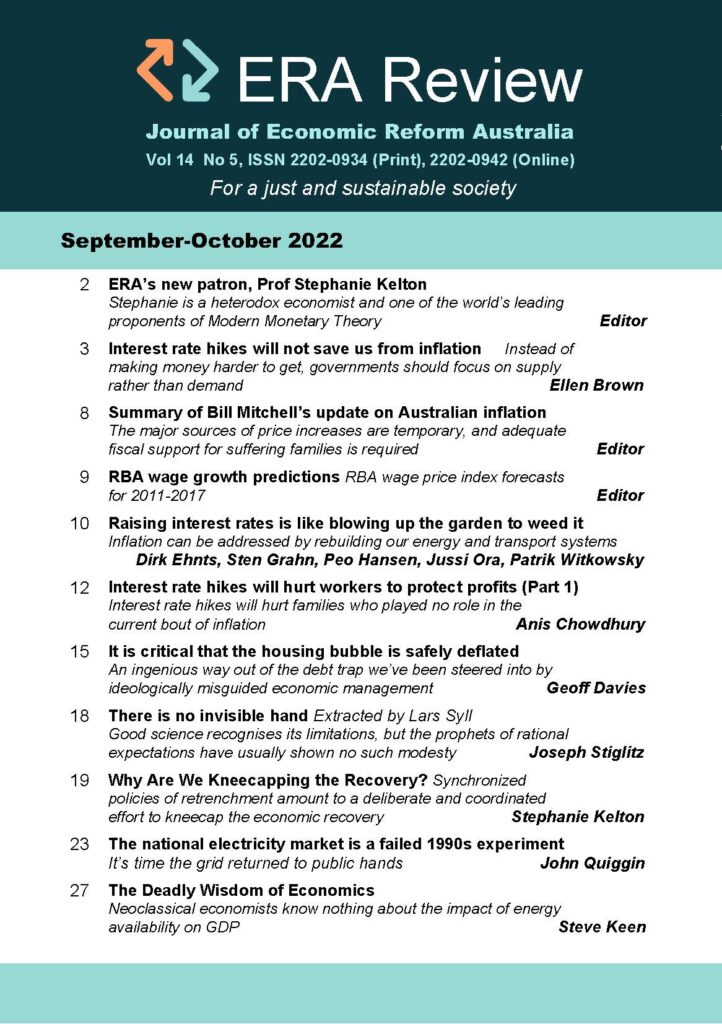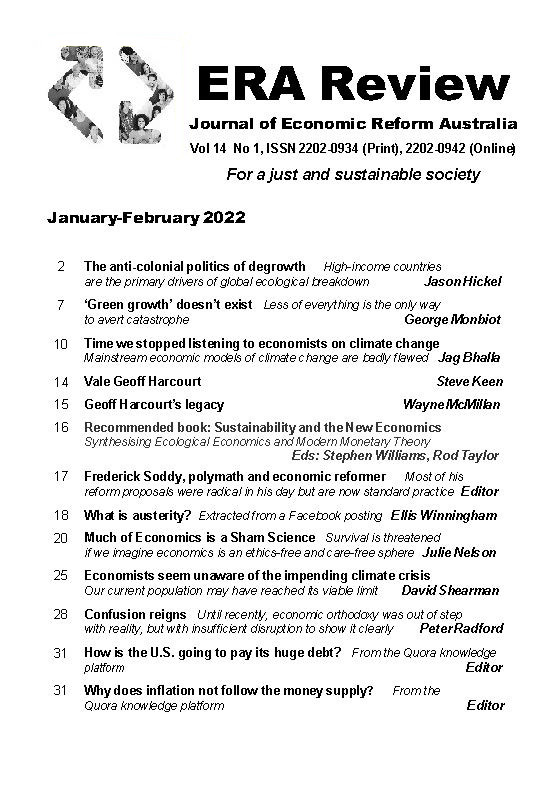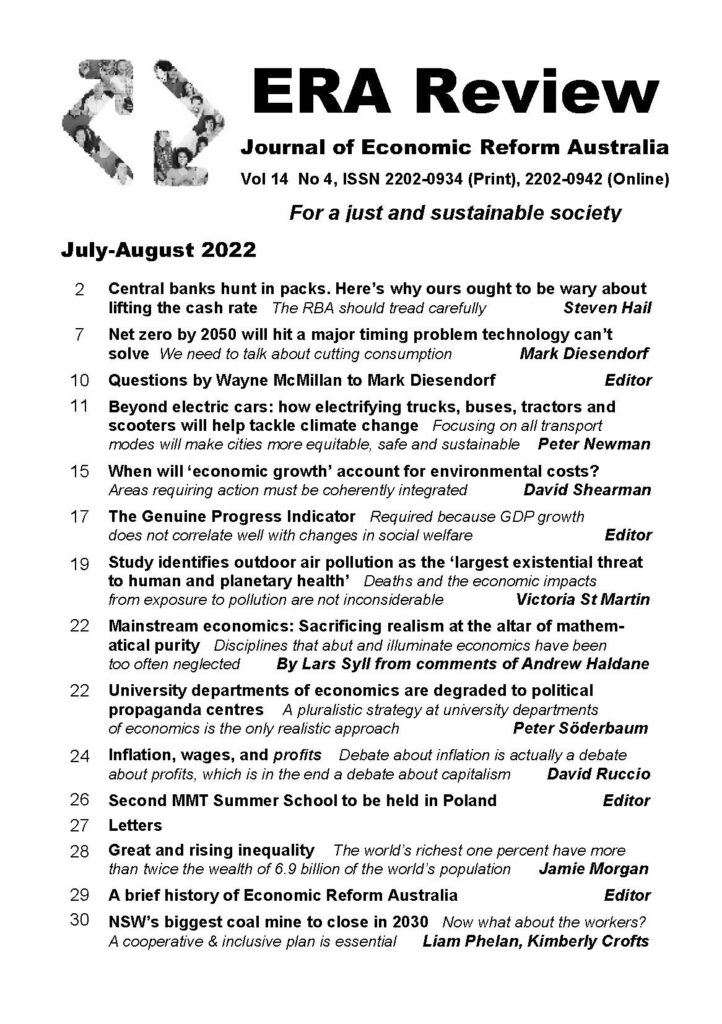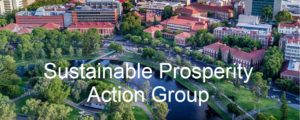What Quantitative Easing is and the “purpose” behind it
Ellis Winningham
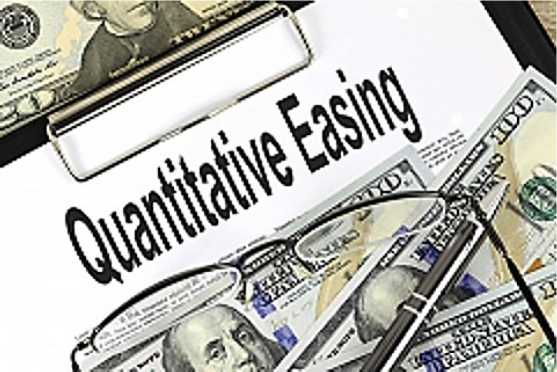
Quantitative Easing (QE) is nothing more than an asset swap for reserve* liquidity. Orthodoxy, however, assumes QE to be a realistic method to expand bank credit to business. The concept of QE is based entirely upon a false premise concerning banking operations. Orthodoxy (the mainstream opinion) errantly assumes that banks require reserves prior to lending. In other words, if banks don’t have enough reserves to lend out, they cannot lend. Thus, if the central bank provides commercial banks with more liquid reserves, then banks will increase lending. QE then, is an attempt to swap assets for liquidity in the hope that commercial banks will increase lending to business, which in turn, will increase production and lower the unemployment rate. It doesn’t work, as evidenced by the mountainous excess reserves in the system just sitting there for years, never being lent out. But nevertheless, the mainstream keeps beating the dead horse insisting that it will run.
An extremely brief overview of banking operations
The failure here is that banks do not lend out reserves. They lend their own IOU which is then denominated in the unit of account. In layperson’s terms, in whatever nation the bank is doing business, it will denominate its IOU in that national government’s currency – In the US, US dollars, in the UK, Pound Sterling, in Australia, the Australian dollar. The “loan” creates a deposit, not the other way around as assumed by orthodoxy. By denominating the IOU in the unit of account, it allows the IOU to act as “money” within the private sector, because it can be used to settle any tax liabilities due to the national government.
At tax time, a person can obtain a loan from a bank to pay the tax. Let us assume that you get a $1,000 loan from your bank to pay the tax. When bank deposits the 1,000 IOUs in your account, your account goes up by 1,000. When you pay the tax, your account then drops by 1,000 IOUs and the government debits $1,000 (actual dollars) from your bank’s reserve account held at the central bank. The dollars then exit the economy and the tax is paid.
And with that, back to the point at hand.
So, commercial banks do not lend out reserves. Banks will lend to any and all creditworthy customers that they can find, regardless of the amount of reserves they have on hand. Later on, should the bank discover that it is short of the required reserves, it will either obtain reserves from another bank, or obtain the necessary reserves from the central bank for a fee. (Obtaining reserves from other banks is an important point to remember, as it will relate to our discussion of QE. So, keep it in mind.)
Any reserves injected into the banking system by the central bank remain at the central bank. Unless the government taxes them away or they are destroyed by other central bank operations, those reserves will remain in the system, shifting from one reserve account to another, operating what’s known as the payments system. When a person with an account at Bank A writes a cheque for $100 to a person with an account at Bank B, all that happens is $100 of Bank A’s reserves shift to Bank B’s reserve account at the central bank and the payment clears. Excess reserves in the system cannot be lent out to customers, but they can be lent by one bank to other banks on what is known as the interbank market.
When a bank finds it is short of reserves, rather than obtain the reserves at a high price from the central bank, the bank will instead seek them on the interbank market. Competition for these excess reserves can have the effect of driving what’s known as the overnight rate down. This presents a problem for the central bank whose job is to conduct monetary policy. The central bank sets a target interest rate and defends it. If the target rate is not set to zero or near zero, interbank competition can drive the overnight rate down and the central bank will lose control of its target rate, unless it drains off excess reserves. That being said, we return now to QE.
QE: A fancy term for “Hey, I know. Let’s do nothing whilst looking like we’re actually doing something!”
Before a central bank can conduct QE operations, because interbank competition can affect the target rate, it must first set the target interest rate at or near zero. If it did not set the rate at or near zero beforehand, then the central bank could lose control of monetary policy and it would only have to undo QE, draining off the excess reserves that it added. Then, the central bank begins swapping assets for liquid reserves. (It takes the assets and the bank gets reserves in exchange. For example, $100 of assets is swapped for $100 in reserves.) The reserves always remain with the central bank, never entering the economy, because as we understand now, banks do not lend out reserves. Excess reserves then build up in the banking system.
When the round of QE is concluded, it is the hope of orthodoxy that commercial banks have enough dollars now to lend out to business and stimulate the economy. But the reserves just sit there, never expanding credit (nor causing inflation for obvious reasons) and everyone wonders, “why aren’t banks lending more?”, which is then followed by asinine remarks like, “banks are being stingy.” But we sit back, roll our eyes and laugh.
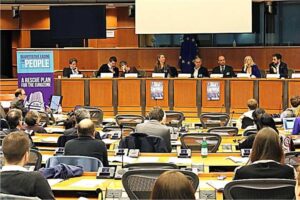
As a side note, much later after a few rounds of QE and no resulting increase in lending activity, some central bankers get fed up with commercial banks being stingy and demand that banks lend out the reserves or else. Uh-oh! As in a recent case with the Bank of Japan, some central banks go completely insane and attempt to conduct negative QE, which is lowering the target rate below zero with the idea that it will force these stingy banks to lend out reserves, or else the central bank will begin confiscating the reserves and banks will be penalized for their rotten behaviour. In other words, the central bank effectively taxes the commercial banks saying, “Lend damn you! Lend!” trying to force banks to do something that they simply cannot do. Again, we who understand roll our eyes and laugh.
If during or shortly after QE the economy should stall and then decline, whilst everyone is focusing on QE, the budget deficit expands and then suddenly, job growth and production increases. It is fiscal policy which is responsible for the turn-around of the economy. We who understand continue to roll our eyes and laugh as Paul Krugman consults his oracle … excuse me, I meant, “consults his models”, showing that QE works, as evidenced by the recovery. This so-called “evidence”, which ignores the effects of fiscal policy, is proof enough for orthodoxy to rely on qE to stimulate the economy. In other words, by attributing the positive effects of fiscal policy on the economy to QE, orthodoxy continues to have faith in QE. Madness.
Another point I wanted to make. The central bank crediting a bank’s reserve account through QE does nothing except build up reserves to excess. If you want the dollars flowing into the economy through direct central bank action, the central bank must actually credit individual bank accounts held at commercial banks for people to have access to those dollars. Some view such activity as another form of QE, but in reality, it is nothing more than fiscal policy at work, crediting accounts with the federal government’s currency. In other words, PQE (The People’s QE is not QE; it’s just fiscal policy).
* Ed: The word “reserve” used in this context refers to the exchange settlement balance (ESB).
Source: Ellis Winningham blogs https://elliswinningham.blogspot.com/2016/07/brief-notes-for-wednesday-morning-20.html#more

